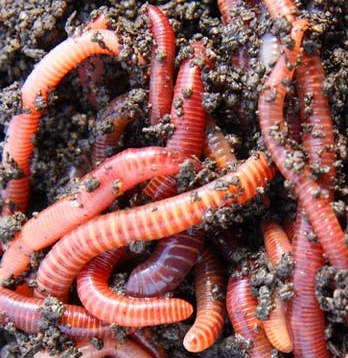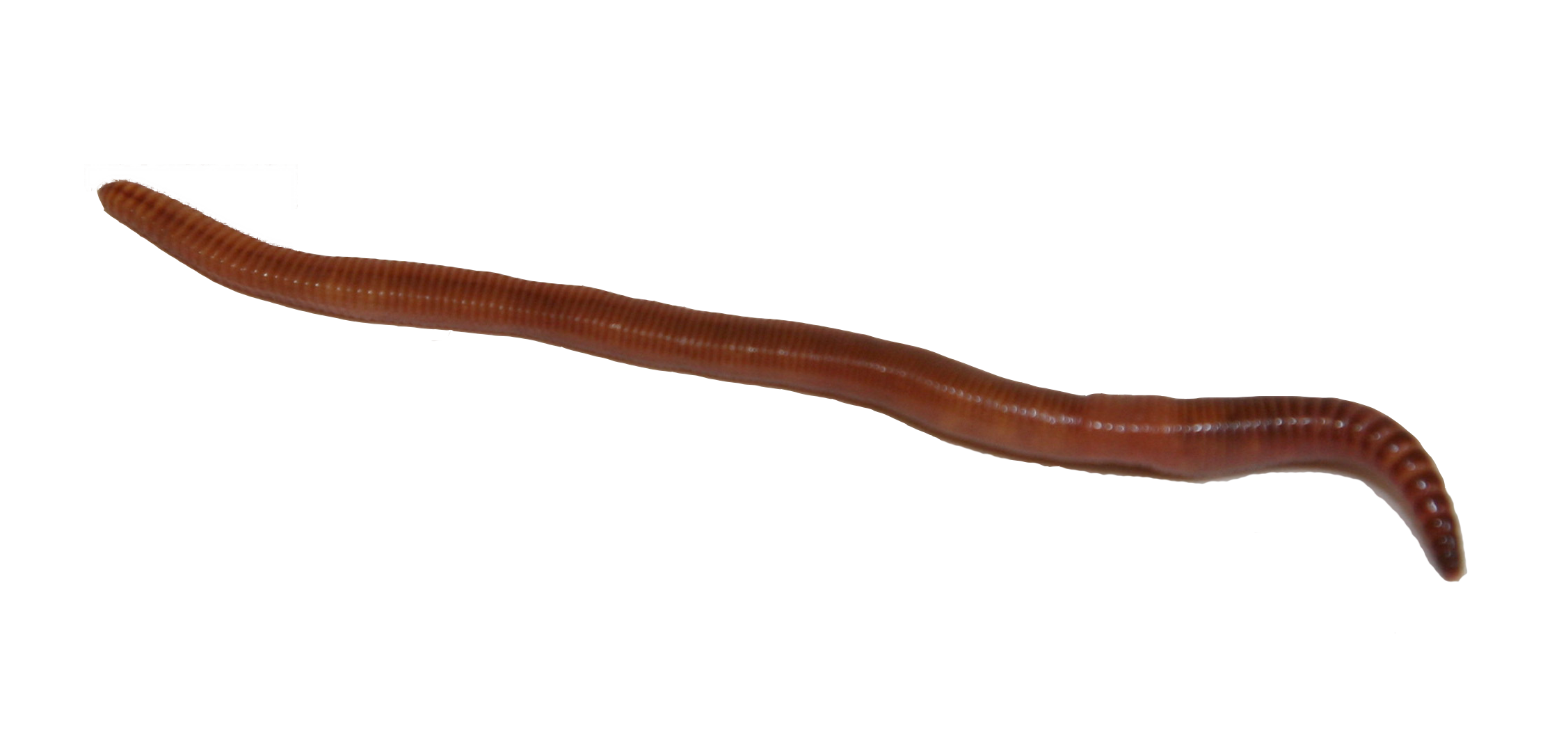Where To Find Red Wigglers Fundamentals Explained
Where To Find Red Wigglers Fundamentals Explained
Blog Article
Where To Find Red Wigglers Fundamentals Explained
Table of ContentsThe Greatest Guide To Where To Find Red WigglersExamine This Report on Where To Find Red WigglersThe 25-Second Trick For Where To Find Red WigglersThe Of Where To Find Red WigglersThe 9-Second Trick For Where To Find Red WigglersThe Definitive Guide for Where To Find Red Wigglers
For finest results, you wish to aim for concerning 60-70% wetness degree. The most basic test for this is to press a handful as difficult as you can. At the perfect dampness levels which is simply under 70% that handful must barely produce one decrease of fluid. pH in a worm bin is pretty simple to preserve.
The Indian Blue is starved, yet also prefers a warmer climate and it also exhibits a tendency to leave the container. The red wiggler is a sturdy worm and isn't as particular regarding its climate. I like to call it the Ford Taurus of vermicomposting worms; you will not brag to your hardcore composting pals that you have them, however they will certainly serve you well.
Like any type of various other bait, a worm's performance has concerned rely on its presentation. H.G. "Faucet" Tapply highlighted this factor virtually a half century earlier in among his Field & Stream columns. "A worm is such an unformed creature," he wrote, "there doesn't seem to be quite an angler can do with it except stab it on a hook and throw it right into the water." Yet as Tap showed, a fishermen can do an excellent deal to make a worm a lot more enticing.
The Basic Principles Of Where To Find Red Wigglers
I assume you will certainly too if you try them. The smaller sized the trout stream, the better worms job is an axiom that hasn't transformed in the 100-plus years because Perry created his short article. Fishermens of his age simply stuck their weak fly rods through alder tangles and went down a heavy worm into a deep hole.
Morning is prime feeding time, and the weightless lure's slow-moving descent leaves 5 inches of agonizing healthy protein completely view for rather a while. After you have actually made the cast, keep the bail open and put the pole in a forked stick. The line will diminish the rod in slow loopholes as the worm resolves, yet most of the time the slow loopholes will certainly end up being a blur, and the early morning will instantly obtain instead intriguing.
You can fish deep and cover a great deal of region, and the spider seems to be the excellent touch for this transitional time, when the smallmouths have yet to secure on to a preferred forage. Dark jigsblack, brownish, and purpleseem to match the nightcrawler's color. I usually utilize an entire 'spider, like marabou dressing, and go down the pole for 2 or 3 secs when I get a hit.
And differentiating base from a bite can be challenging. The trick is to relieve the pole back to the strike (maybe a foot) and feel for life at the end of the tightening up line. If it exists, established the hook with a sweep instead of a jerk. Occasionally you'll find on your own hooked to those sluggish, hearty yanks, and really feel the weight of a wonderful walleye.
The Best Strategy To Use For Where To Find Red Wigglers
When the heavy walleyes carry on to the big-water shoals in the late summertime, try pursuing them with a bucktail jig and a 1-inch pinch of nightcrawler. The lure covers the hook factor, disperses weeds, and provides a taste of target. With nothing dangling or flapping, it stays secure no matter current, casts, or ambitious panfish.
Whether you're wading or angling from a boat, wandering worms is one of the terrific browsing approaches for bigger rivers. For trout, a spade-dug, 4-inch garden worm is the best size; for bass, walleyes, and steelhead, a visit this website nightcrawler may be a better choice. The key is to drift the bait with feeding and holding areas because fish in existing are not mosting likely to ferret out the lure, as they might in still water.
Strikes will come as a sharp tug instead of a pull or rap. Fish the changes: mouths of tributaries, bank-side slicks, and the edges of big swimming pools. As the late Ed Zern, Field & Stream's fantastic satirist, as soon as put it: Fishermens are born honest however they get over it. His motto applies to any kind of number of angling maneuvers, including the issue of including an item of worm to a wet fly.

All About Where To Find Red Wigglers
Load it with shredded paper, leaves, peat moss, and soil. Moisten gently. Cover and allow rest for a week. Add a couple of hundred worms and feed them two times a week. Maintain the bed linen wet yet not wet. On the menu: lettuce, vegetables and fruit waste, and the occasional nongreasy surplus.
Similar to veggie scraps, you can take your used coffee grounds and include them to a worm box. Worms like consuming coffee grounds. With the appropriate problems and wet, healthy and balanced soil, worms can stay in a pail of dirt for around 3 weeks. Shop out of direct sunlight and maintain at a temperature between 50 and 80 levels.
When the heavy walleyes proceed to the big-water shoals in the late summer, attempt going after them with a bucktail jig and a 1-inch pinch of nightcrawler. The bait covers the hook point, deflects weeds, and offers a preference of victim. With nothing dangling or waving, it continues to be safe and secure no matter present, casts, or ambitious panfish.
The 8-Minute Rule for Where To Find Red Wigglers
Whether you're wading or angling from a boat, drifting worms is among the fantastic browsing approaches for larger rivers. Where To Find Red Wigglers. For trout, a spade-dug, 4-inch yard worm is the best size; for bass, walleyes, and steelhead, a nightcrawler may be a much better choice. The key is to drift the lure via feeding and holding locations since fish in current are not mosting likely to ferret out the lure, as they could in still water
Strikes will come as a sharp yank as opposed to a pull or rap. Fish the shifts: mouths of tributaries, bank-side slicks, and the sides of large pools. As the late Ed Zern, Field & Stream's great satirist, as soon as put it: Fishermens are born straightforward but they obtain over it. His motto relates to any variety of angling maneuvers, consisting of the issue of adding a piece of worm to a wet fly.
Raising your own lure means you can slide out of the home and struck the fish pond prior to Mama comes homejust like in the old days. Right here's exactly how to keep a worm box: Cut a find more information sheet of CDX-grade plywood, which is made with waterproof adhesives, to your dimensions. Accomplish with each other and pierce a lots 12-inch openings in all-time low for water drainage.
Fascination About Where To Find Red Wigglers
Load it with shredded paper, leaves, peat moss, and soil. Moisten lightly. Cover and let rest for a week. Include a few hundred worms and feed them 2 times a week. Keep the bed linens damp however not damp. On the food selection: lettuce, vegetables and fruit waste, and the periodic nongreasy leftover.
Similar to veggie scraps, you can take your utilized coffee premises and add them to a worm box. Worms love consuming coffee grounds. With the best conditions and damp, healthy and balanced soil, worms can stay in a pail of dust for around three weeks. Store out of direct sunshine and maintain a temperature level between 50 and 80 degrees.
Report this page